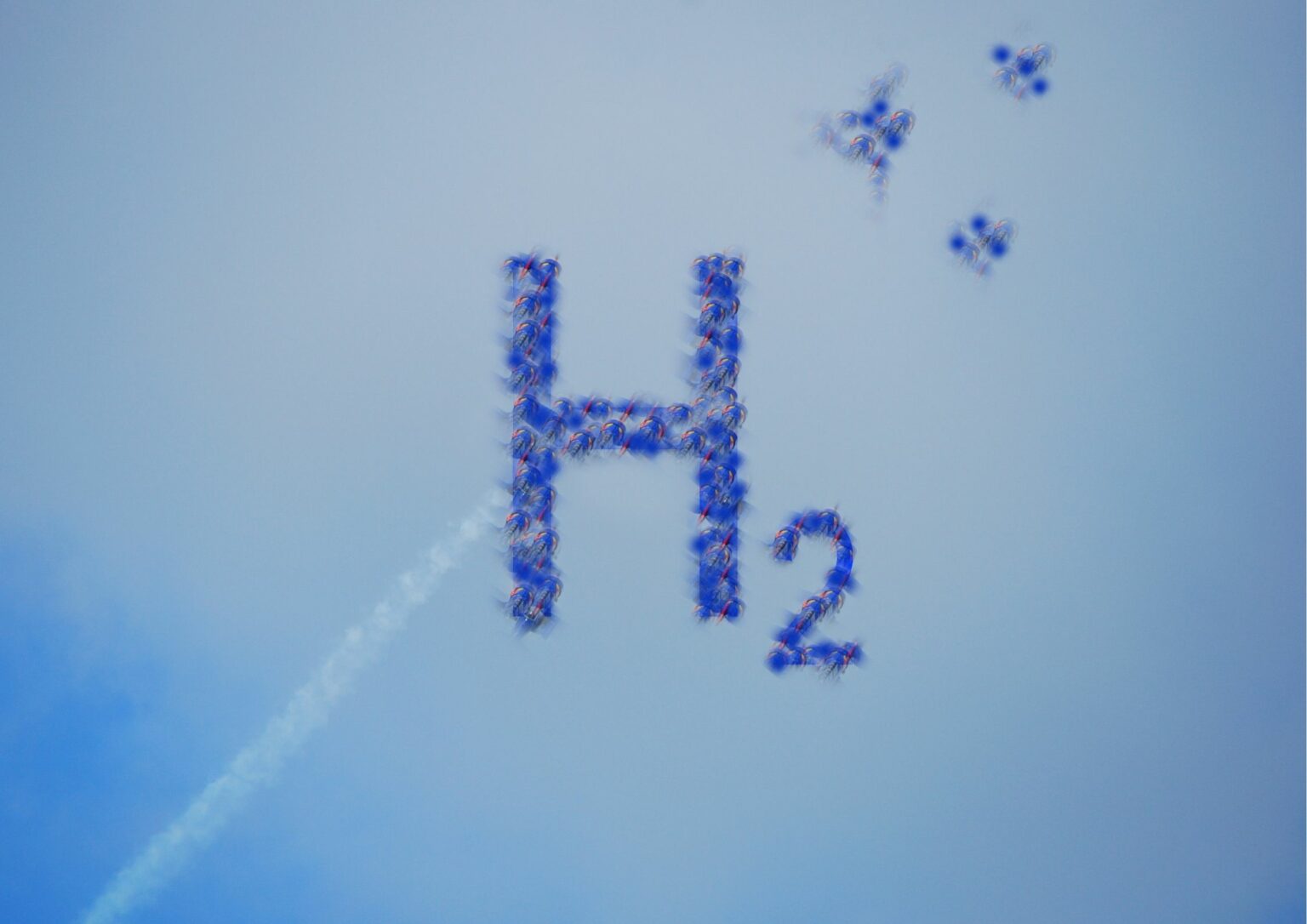Sparc Technologies has introduced a novel method through its subsidiary, Sparc Hydrogen. This method, which utilizes a new photocatalyst material, sunlight, and water, aims to produce what the company terms “ultra-green” hydrogen.
Traditional green hydrogen production relies heavily on renewable energy sources like solar and wind farms. This dependency often leads to high production costs due to fluctuating electricity prices. Sparc Hydrogen’s technology purportedly sidesteps these cost issues by employing photocatalytic water splitting (PWS). This approach, which does not rely on extensive renewable energy infrastructure, could offer a more cost-effective solution if proven viable at scale.
Photocatalytic Water Splitting: Potential and Challenges
Sparc Hydrogen’s use of PWS to generate hydrogen presents both opportunities and challenges. Unlike electrolysis, which requires significant electrical input and faces scalability issues, PWS can theoretically produce hydrogen more efficiently. However, the practical application of PWS on a commercial scale remains to be seen. The technology must demonstrate consistent performance and scalability to be considered a reliable alternative to electrolysis.
Infrastructure and Environmental Impact
A significant advantage claimed by Sparc Hydrogen is the reduced need for extensive infrastructure. Traditional green hydrogen production often necessitates expensive electrolysers and extensive transmission lines. In contrast, Sparc’s modular mirror infrastructure is designed for remote and off-grid applications, potentially reducing costs and environmental impacts. However, the actual environmental footprint and cost savings will depend on the technology’s implementation and operational efficiency.
Collaboration and Support
Sparc Hydrogen’s credibility is bolstered by its partnerships with Fortescue Limited and the University of Adelaide. Fortescue, a major advocate for green hydrogen, brings industry support and resources to the table, while the University of Adelaide provides research expertise and facilities. These collaborations are crucial for advancing the technology from prototyping to commercial application. Nevertheless, the long-term success of this venture will hinge on the continuous support and shared vision among these partners.
Progress and Future Prospects
Sparc Hydrogen has completed the prototyping phase and is moving forward with the development of a pilot plant at the University of Adelaide’s Roseworthy Campus. This plant, scheduled for construction in Q4 2024, aims to showcase the viability of their photocatalytic water splitting technology. While this is a significant step, the transition from pilot plant to large-scale production will be the ultimate test of the technology’s commercial viability.
